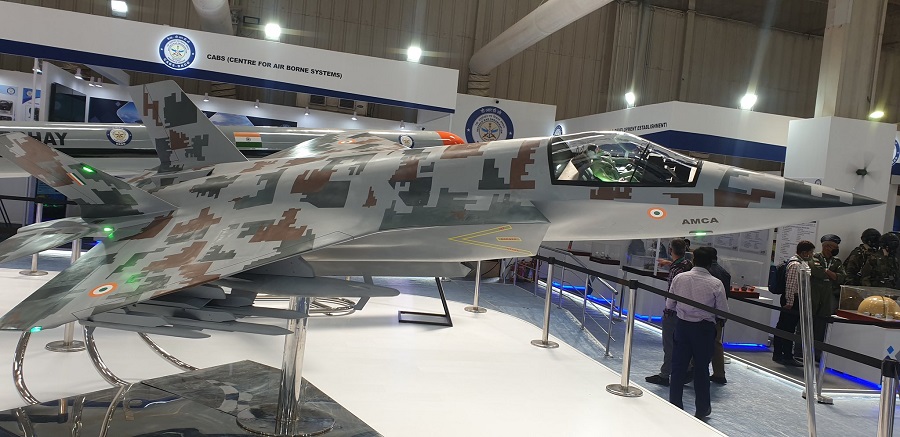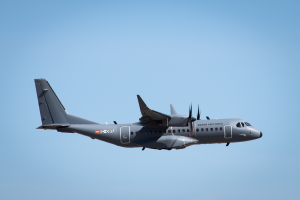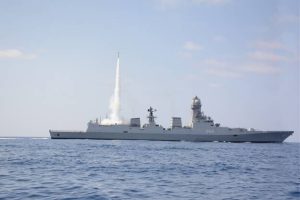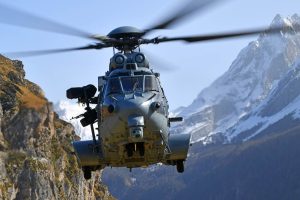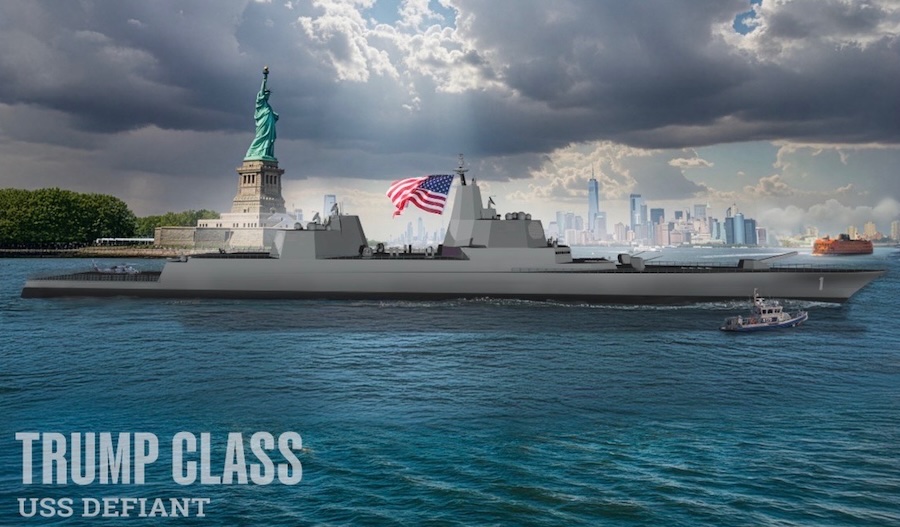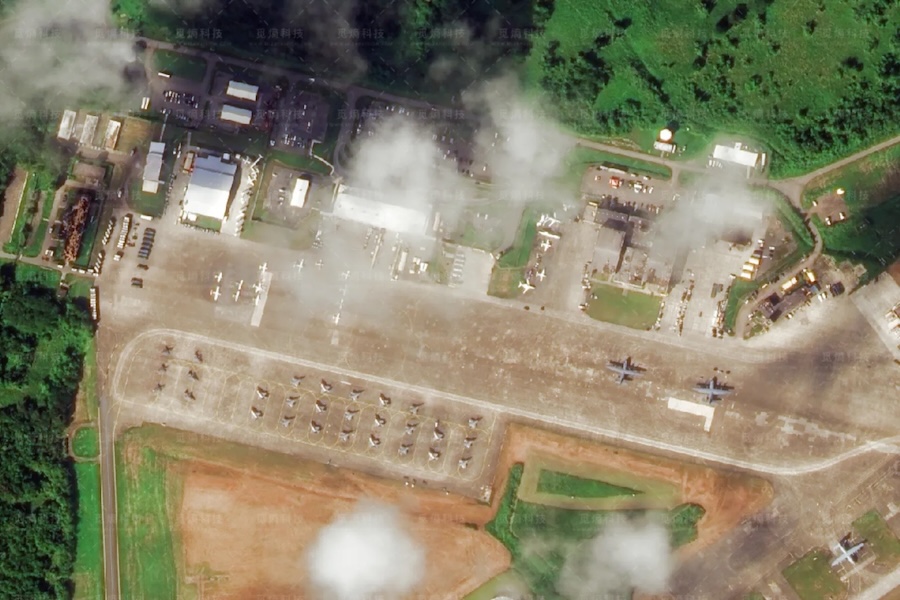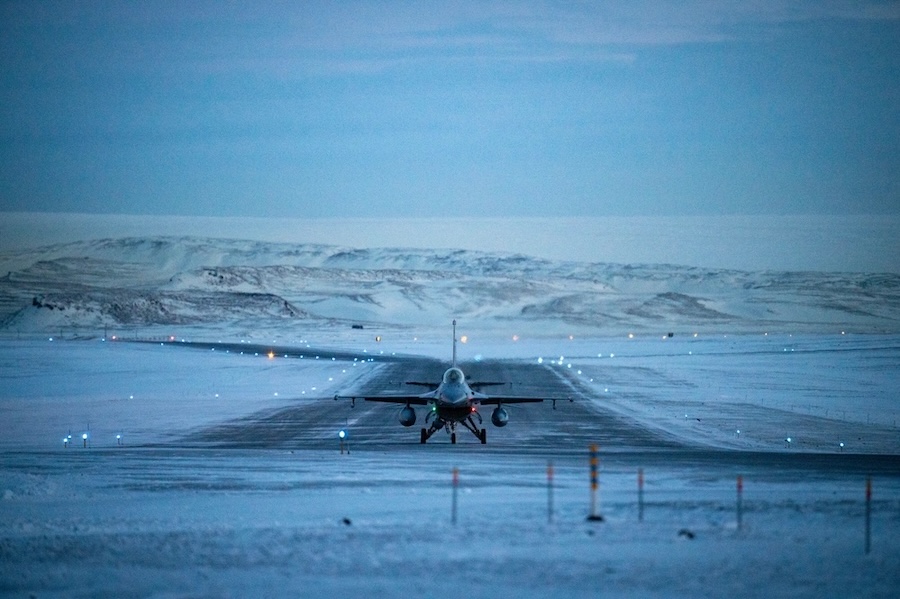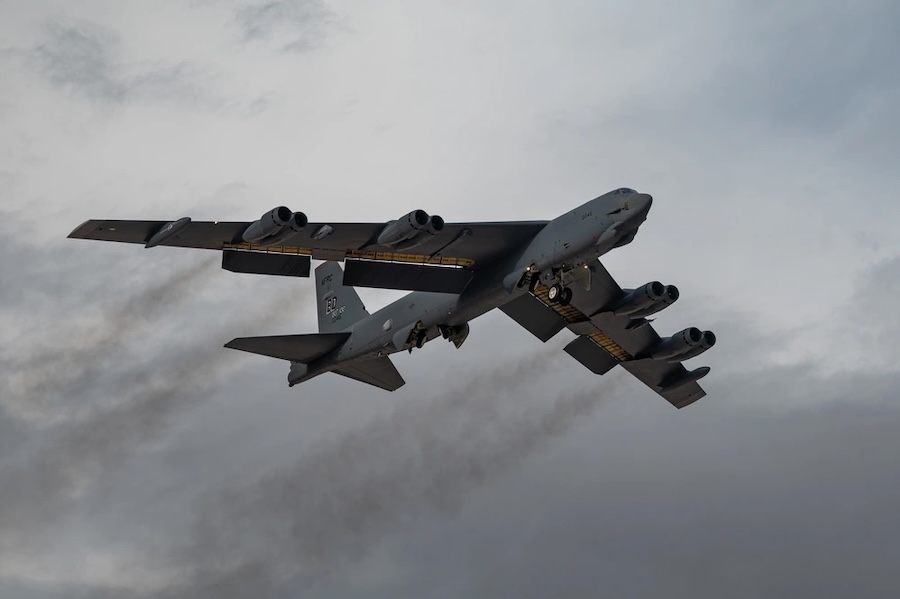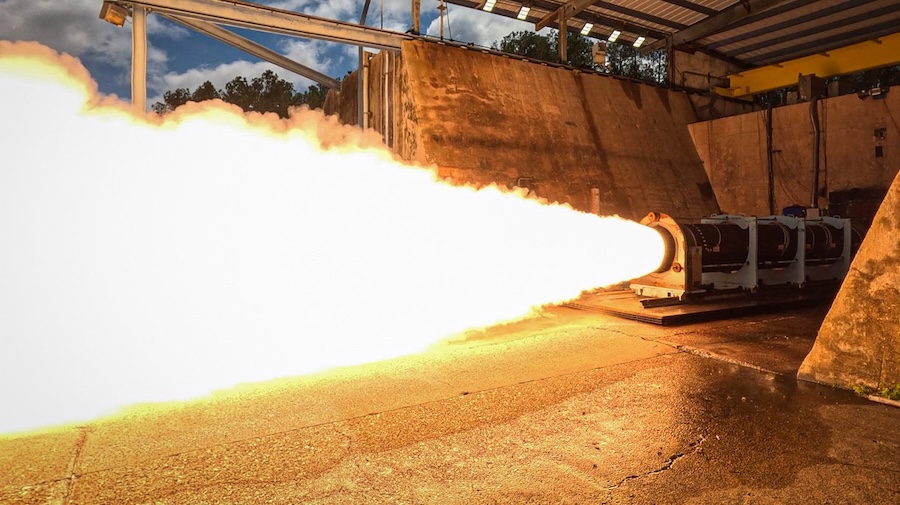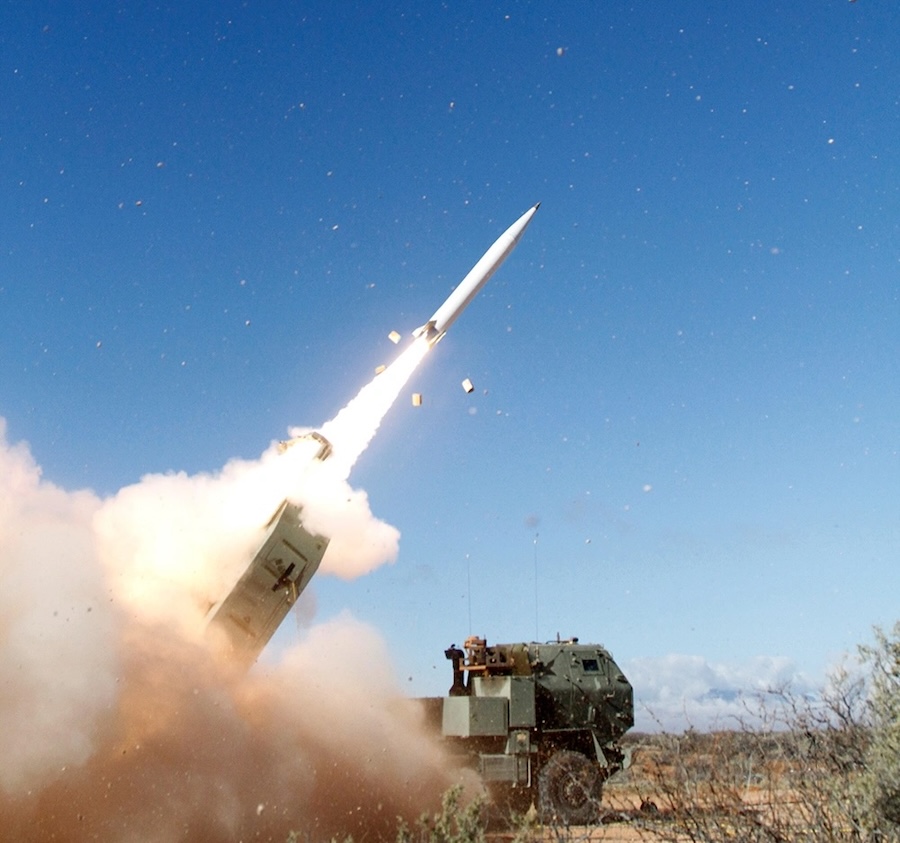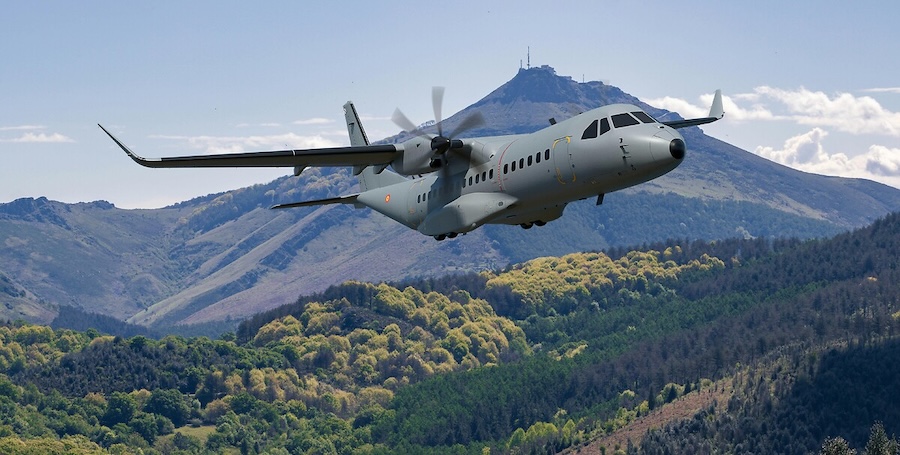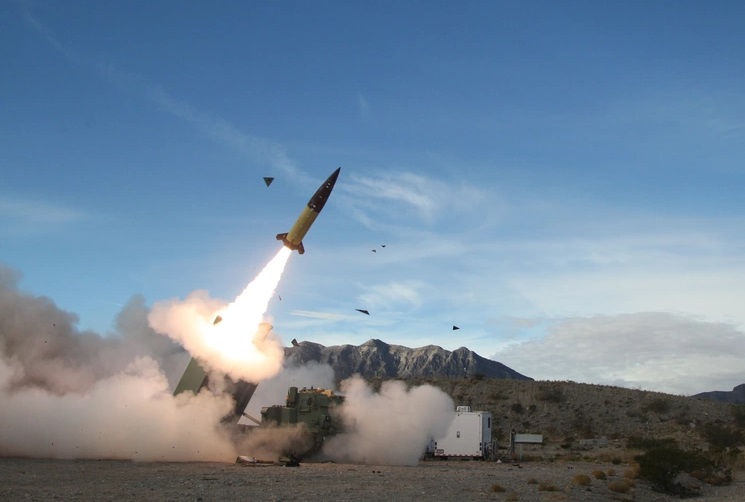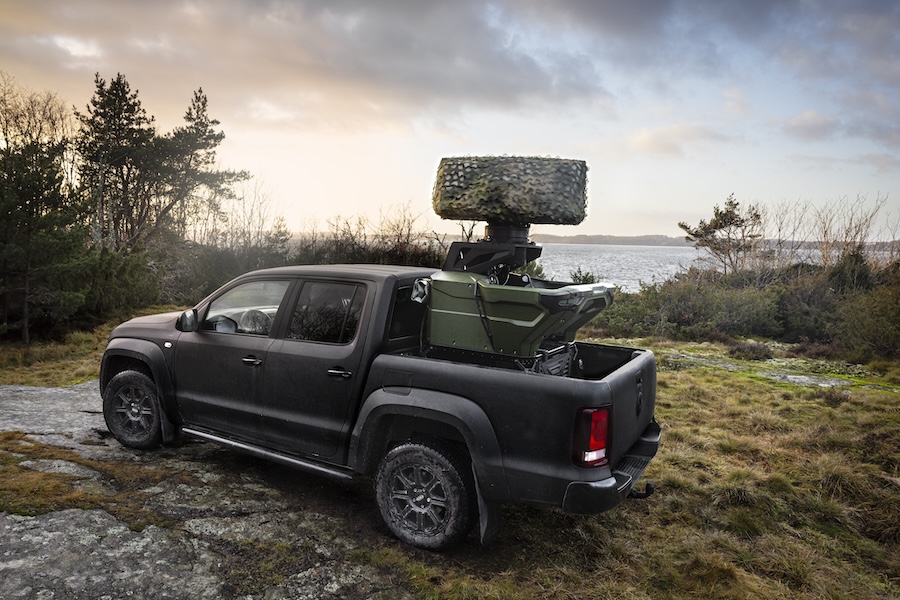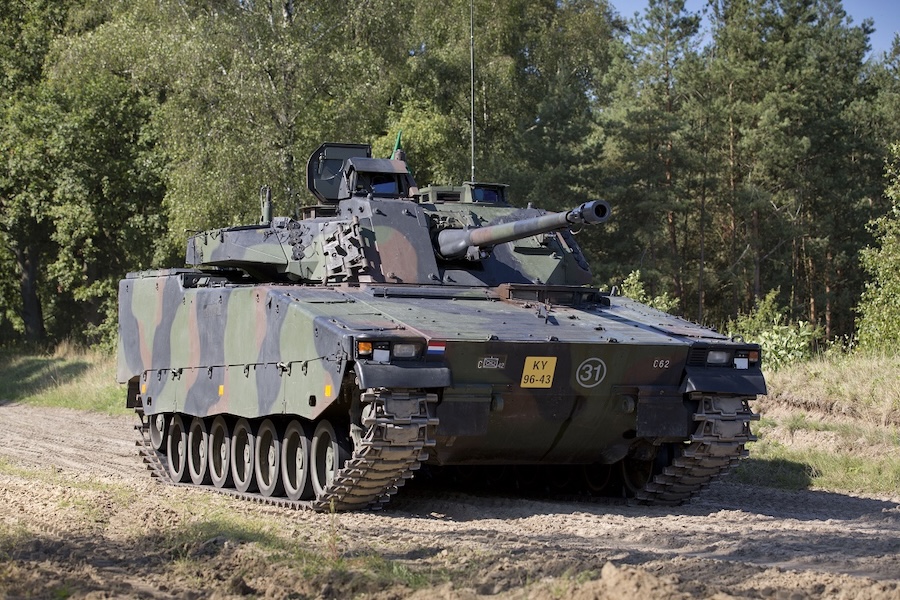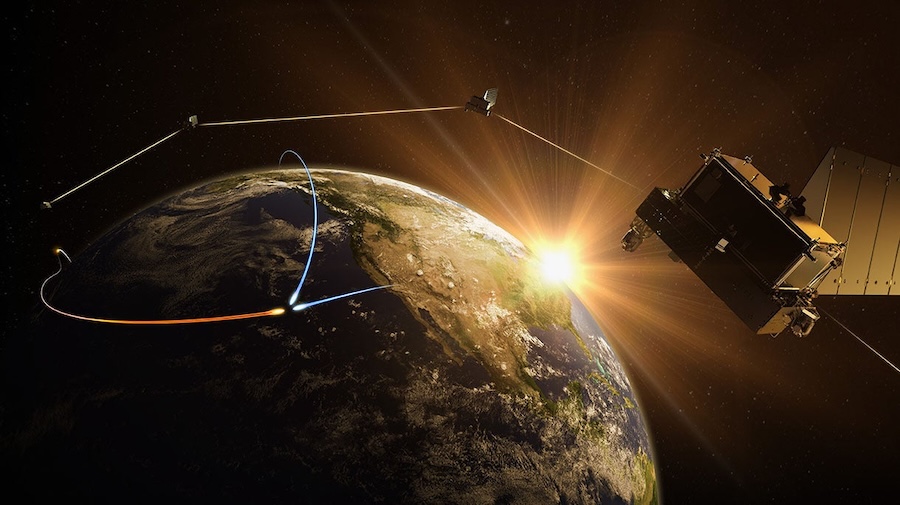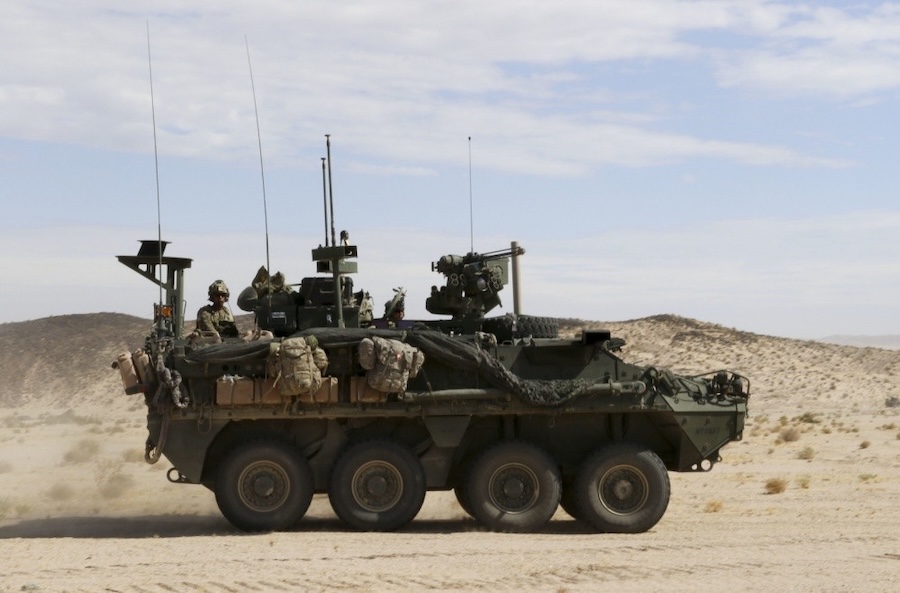The move comes shortly after heightened military friction with Pakistan, including what has been described as one of the most intense aerial confrontations since the 1999 Kargil War. Although a ceasefire is now in place, both India and Pakistan are accelerating their acquisition of advanced military technologies, especially drones and next-generation air systems.
The AMCA is seen as a key component of the Indian Air Force’s (IAF) modernisation strategy, given its current reliance on ageing Russian-designed aircraft. It is expected to eventually replace older jets and serve alongside India’s existing Tejas, Rafale, and Su-30MKI fighters.
The programme is being led by a public agency under the Ministry of Defence and is set to progress to its next phase with the issuance of tenders for prototype development. Notably, India plans to involve private companies and non-HAL public firms in the project, marking a shift from traditional reliance on Hindustan Aeronautics Limited (HAL), which has faced criticism over delays in producing the Tejas aircraft.
India is also seeking an international partner to co-develop a high-thrust engine for the AMCA, with the goal of ultimately manufacturing it domestically. Companies in contention include France’s Safran, the United States’ General Electric, and the United Kingdom’s Rolls-Royce.
Safran, which has a longstanding relationship with India and previously collaborated on the Kaveri engine, is seen as a strong contender. While no formal agreement has been signed, ongoing discussions have raised the prospect of a renewed Indo-French partnership in engine development.
The AMCA is planned to include advanced features typical of fifth-generation fighters, such as stealth capabilities, supercruise, supermaneuverability, networked operations, and sensor fusion. It aims to be comparable to platforms like the F-22 Raptor, F-35 Lightning II, and Su-57 Felon.
However, with major defence powers now moving towards sixth-generation fighters, such as the US NGAD, Europe’s FCAS and Tempest, and similar efforts in China and Russia, the AMCA finds itself bridging two technological eras. Initially envisioned as a fifth-generation aircraft, Indian officials, including former Air Chief Marshal R.K.S. Bhadauria, have since described it as incorporating “sixth-generation characteristics.”
These features include optional manned operations, integration with unmanned aerial vehicles (UAVs), swarming drone capabilities, and even the potential use of hypersonic weapons. India has already demonstrated interest in such capabilities with HAL’s Combat Air Teaming System (CATS), unveiled in 2021, which proposes using drone swarms in coordination with a manned command aircraft.
While these sixth-generation features remain largely conceptual on a global scale, they may be integrated into the AMCA in later phases or through future upgrades. This development model mirrors how existing fighters such as the Rafale and F-35 are expected to adopt drone teaming and other advanced technologies over time.
The AMCA is not anticipated to enter full production before the late 2020s or early 2030s, and its maiden flight is still several years away. Nevertheless, its formal launch underlines India’s intent to position itself as a serious defence innovator and reduce long-term dependence on foreign military suppliers.
Source: AeroTime.




